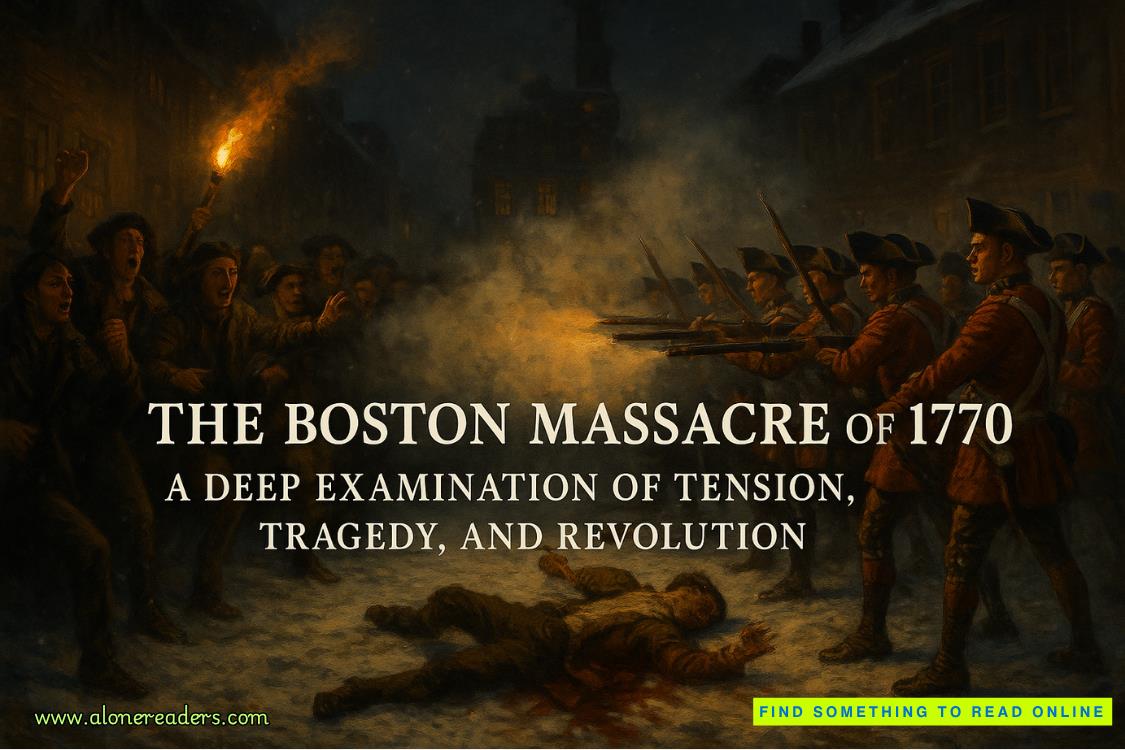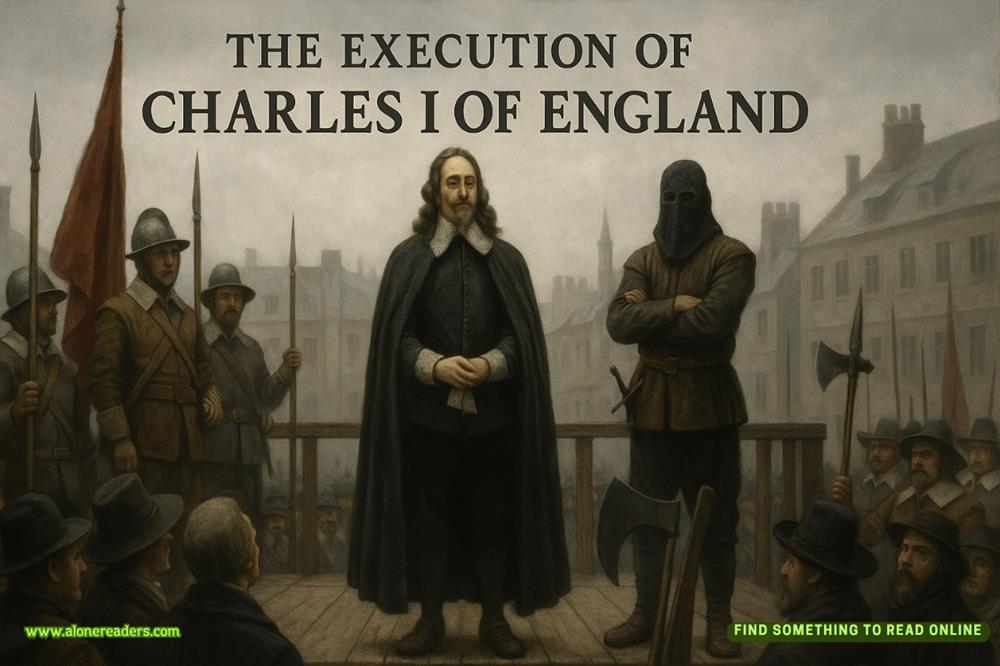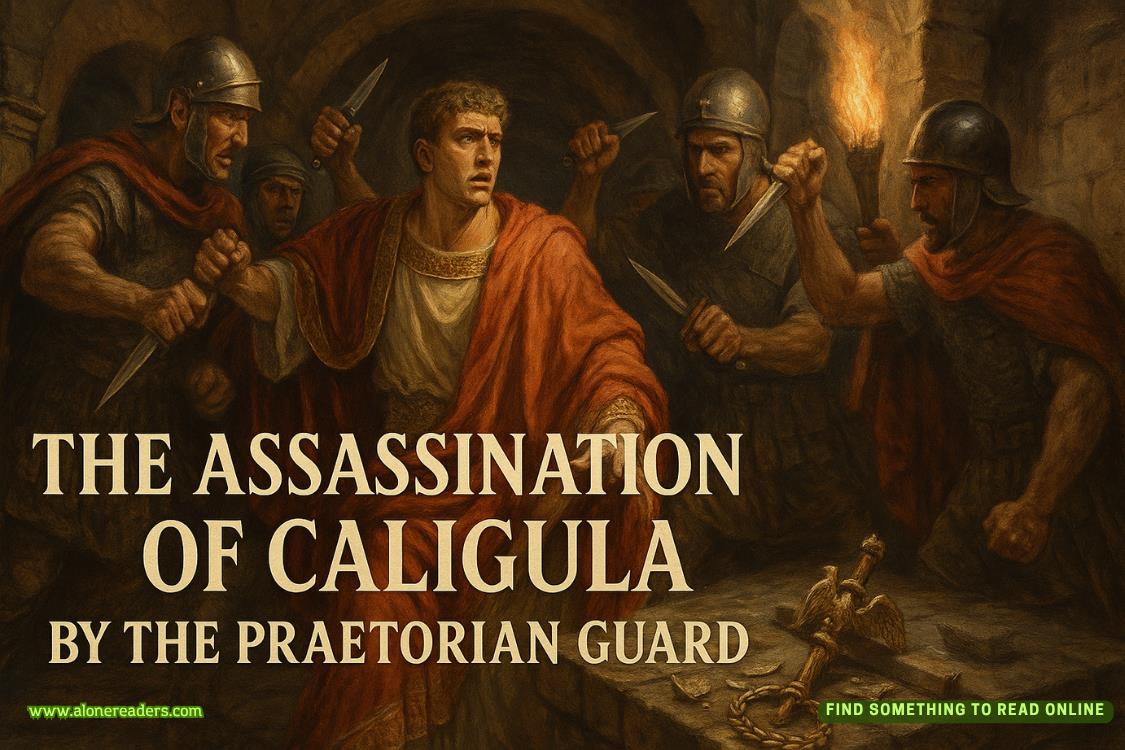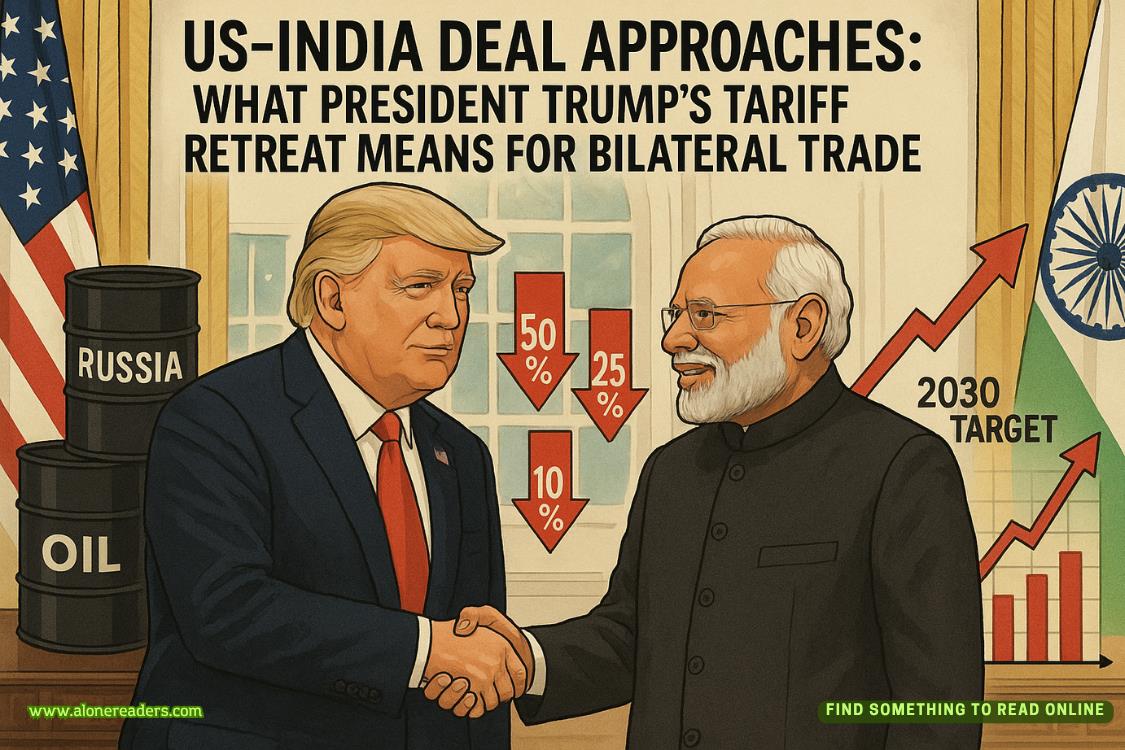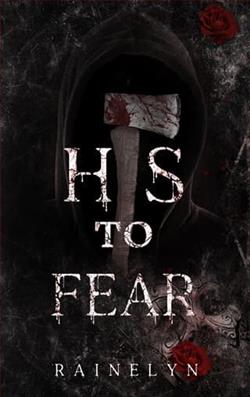Page 26 of Knot Their Fated M.U.S.E
"Ah," the researcher notes with clinical interest rather than appropriate horror. "Subject 418 has completed another visualization sequence."
I study the scene with carefully concealed strategic assessment rather than the revulsion she likely expects from someone my age.
The central figure—presumably Subject 418—stands perfectly motionless amid destruction he has clearly orchestrated. His posture suggests neither exertion noremotional aftermath, merely a patient waiting, following task completion.
"Are they dead?" I ask quietly, maintaining expected response while gathering tactical information.
"Unconscious," she corrects, making notation on her ever-present tablet. "Subject 418 possesses remarkable precision in targeting non-lethal pressure points and nerve clusters. We've documented his capacity to render up to thirty-seven opponents simultaneously unconscious without causing permanent structural damage."
My eyes narrow slightly at this revelation—such capability represents extraordinary tactical value within an institutional environment designed to limit alpha efficacy through controlled violence. The ability to neutralize without killing carries strategic applications beyond mere combat functionality.
"Why would you train an alpha to keep enemies alive?" The question emerges with calculated innocence, as if born from genuine confusion rather than strategic information gathering.
The researcher's smile carries unsettling pride in institutional methodology.
"Subject 418 serves a specialized evaluation function within our behavioral assessment protocols. His capability for non-lethal neutralization allows for repeated testing sequences using the same subject pools, significantly enhancing data collection efficiency while reducing replacement requirements."
Translation:they use him to hurt people without killing them so they can be hurt again in different ways for different research objectives.
I focus more intently on the central figure as understanding crystallizes.
Unlike Riot with his capacity for unstoppable violence or Sable with his judicial precision, this alpha representssomething more insidious—a controlled damage delivery system designed for maximum suffering with minimum mortality.
Valuable. Essential. Mine.
The thought forms with the same possessive clarity experienced during previous level assessments—recognition of strategic value combined with instinctive compatibility that transcends my chronological development.
"What's his designation?" I ask, employing terminology I've learned carries weight within the institutional hierarchy.
"Blood Prophet," she answers without hesitation. "His capacity to read physiological indicators allows for predictive assessment of stress response patterns before they manifest in observable behavior."
He can see what you'll do before you do it.
No wonder they keep him isolated behind multiple security barriers. Such capability represents an extraordinary threat to institutional control mechanisms founded on behavioral predictability and response consistency.
"May I observe closer?" I request, employing the same technique that gained me access to Sable—wide eyes and scientific curiosity calculated to appeal to researchers’ pride in institutional accomplishments.
She hesitates longer this time, consulting security protocols on her tablet before responding.
"Viewing permitted from secondary containment corridor," she concedes finally. "Standard safety parameters apply—no direct interaction, minimum three-meter separation barrier, emergency response team on standby protocol."
The precautions reveal more about this alpha's capabilities than any explanation could provide.
They fear him differently than they fear Riot's raw destructive capacity or Sable's judgmental precision—moreprofound concern suggesting deeper threat to institutional stability.
Perfect.
We proceed through three separate security checkpoints before reaching a secondary observation corridor—a transparent barrier positioned approximately five meters from the central arena floor.
From this vantage, I can observe the aftermath of violence with clearer perspective while remaining safely separated from its architect.
Subject 418—the Blood Prophet—remains in the same position, showing no reaction to our arrival despite our position being clearly visible from the arena floor. His stillness carries a quality that transcends mere physical discipline, suggesting a state closer to meditation than combat readiness despite surrounding evidence of his capacity for extraordinary violence.
"He appears completely unaffected by what he's done," I observe quietly, the statement serving dual purposes of maintaining my persona while gathering psychological assessment data.
"Subject 418 demonstrates remarkable emotional detachment during performance evaluation," the researcher confirms, referencing data on her tablet. "Neurological scans indicate near-complete suppression of amygdala activation during combat sequences, suggesting capacity for action without emotional engagement."
Or perfect control over physiological indicators they use to measure emotional response.
